READY TO GET STARTED?
REQUEST A FREE ESTIMATE
Fill out the form below or call (888) 466-7849 for a free, no-obligation estimate.

Rodents, including rats, mice, and squirrels, look indoors for a place to nest and food. Once these wildlife creatures get inside your Florida home, they can wreak havoc, destroying insulation, chewing electrical wires, and contaminating food. Prevention is critical when it comes to protecting your home against rodents, especially as the weather cools down and they begin looking indoors for shelter. Check out our rodent prevention tips below.

Your yard is the first defense against rodents, making it essential to place outdoor preventative measures to deter them away. Consider these DIY tips:
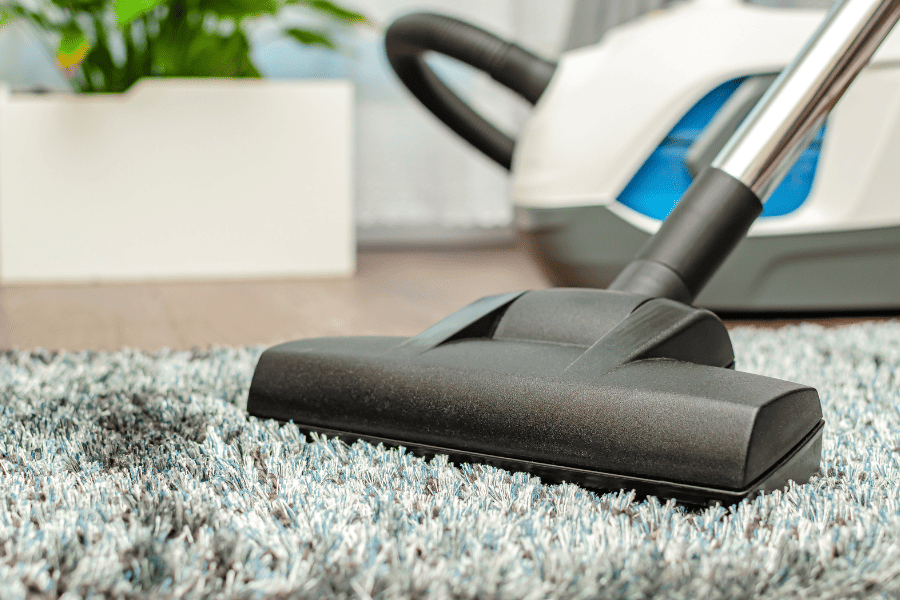
Your home can provide the perfect place for rodents to inhabit, so removing those attractants from inside your home will help keep these creatures out. You can do this by:
If you suspect rodents are inside your home, it’s important to reach out to your professional pest control company. These professionals will be able to inspect and identify the rodent that’s invaded your property. They will also be able to safely remove these creatures, identify areas of entry, and provide a rodent control and prevention plan for your home to avoid further infestations.
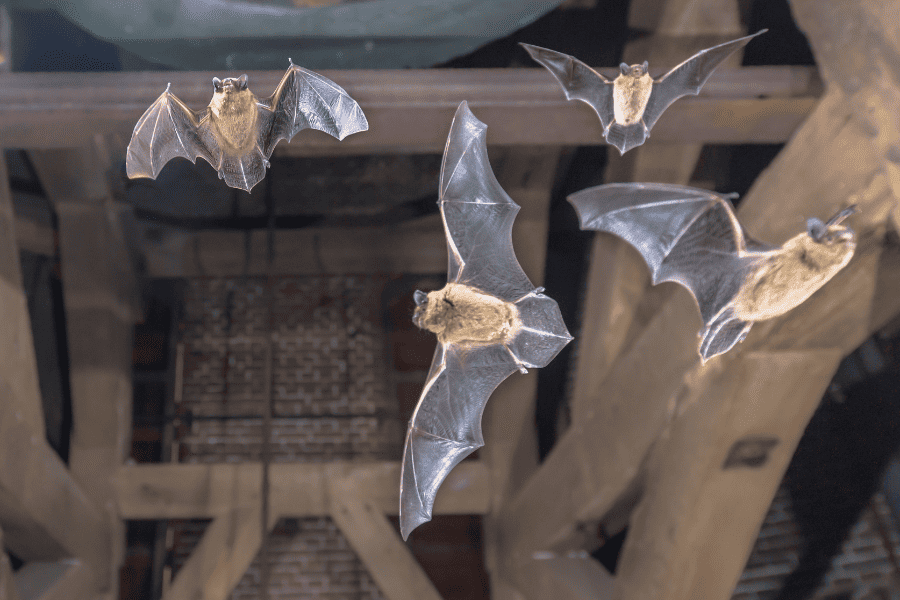
Bats are often misunderstood and feared by many, but they play an essential role in maintaining the balance of Georgia’s ecosystem. Georgia is home to 16 different types of bats, each contributing to the environment in unique and beneficial ways. Let’s go over some common Georgia bats and why they are so beneficial to humans.
While bats offer numerous benefits, they face several threats. This includes habitat loss, disease, and disturbance in roosting sites. Georgia has conservation initiatives aimed at protecting these creatures by protecting their roosting sites, educating the public, and monitoring bat populations for diseases, like white-nose syndrome.
Removing bats is a delicate matter in the state of Georgia and should only be handled by licensed wildlife control professionals. If you suspect you have bats in your home, be sure to give your local wildlife control company a call today!
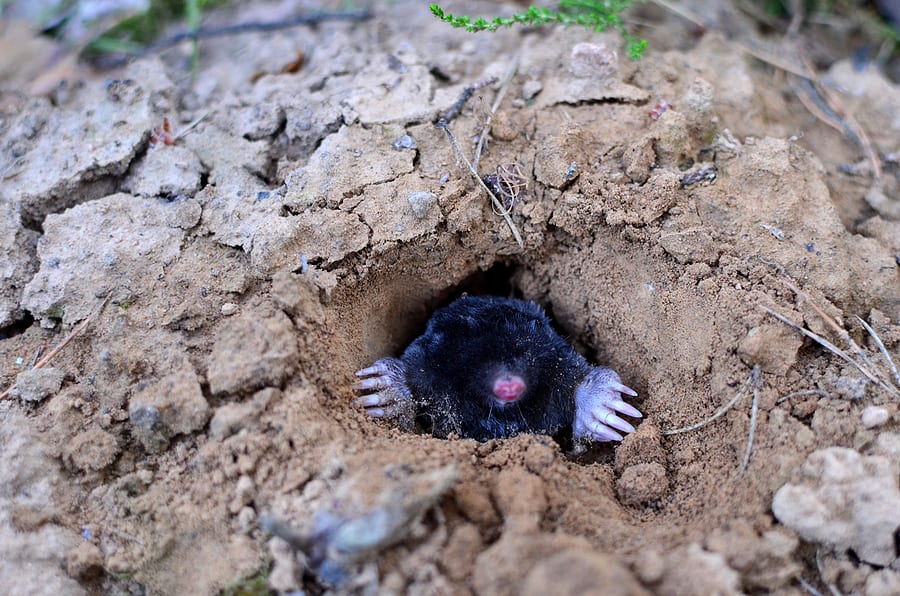
The last thing any homeowner wants is damage to their yard after all the hard work they’ve put in to get it just right. One of the most destructive pests to yards is the mole. What attracts moles to your yard? How do you get rid of them?
Moles are burrowing insectivores, feasting on a wide variety of lawn insects. They are usually about 6 to 8 inches long with gray to black velvety fur. Moles have slender, hairless snouts and small eyes and ears. They have large front feet with long claws that they use to dig through the dirt. They breed in early spring and are most active then and in the fall. Other than during mating season, moles prefer to be alone; if you have a mole problem you are usually only dealing with one.
Moles are attracted to food sources in your yard, digging through leaving behind tunnels, holes, and mounds of dirt. Moles require quite a bit of food to survive. Common signs of moles include: surface tunnels, dying grass and plants, an increase in weeds, and molehills (which are piles of dirt less than 6 inches tall and shaped like footballs or volcanoes). Moles can dig up to 18 feet per hour. As they dig they detach the roots of plants which not only allows weeds to take root but also kills the lawn, plants, and trees.
If you have a problem with moles or any other wildlife, contact your local pest control company for a comprehensive evaluation and elimination plan.
Fall Pest Control: Oriental Cockroaches
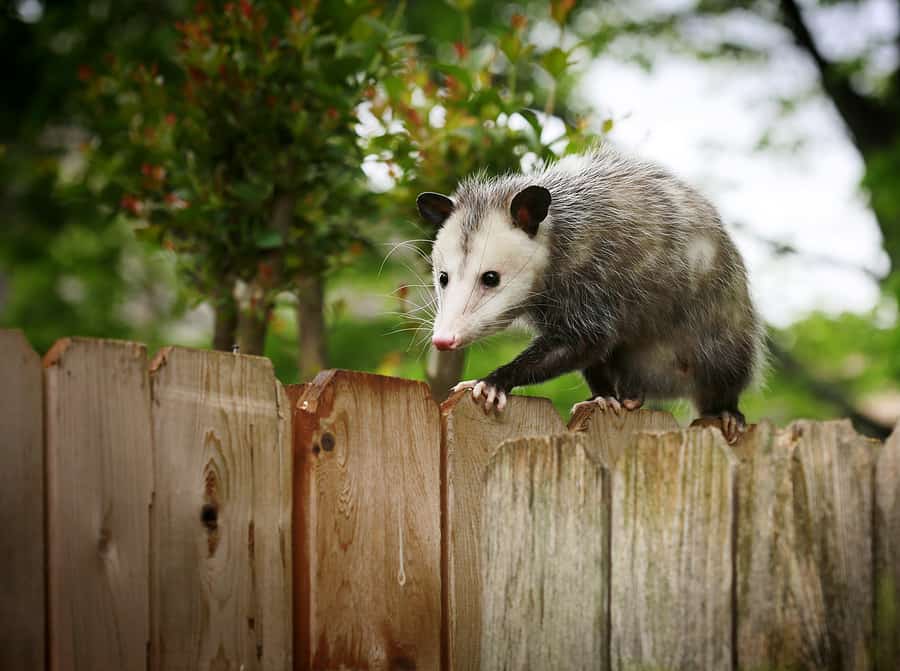
It’s minutes before you have to run out the door and make your commute to work. You make your coffee and look out the window, only to see last night’s dinner scattered throughout your yard! Unfortunately, your garbage has been rummaged through all night by a couple of wildlife pests. Two popular animals that are known to forage through trashcans and dumpsters for food are raccoons and opossums.
Raccoons, known for their distinctive black mask coloring on their faces, can range from just under 2 feet long to over 3 feet long. These animals are considered nocturnal and are rarely seen by humans. Be aware, though, spotting a raccoon during the day can be a possible sign they have rabies or other abnormal conditions.
Raccoons are scavengers, looking for food wherever they can find it, often foraging in trashcans and dumpsters. These skillful creatures can easily use their paws to open doors and lids to look for food. While they are omnivores, they prefer fruits and nuts over meat. Because they are creatures of habit, once these animals find a food source at your home, they will keep coming back until the food source is gone.
Another animal you’ll catch roaming around your trashcans is the opossum. Grey in color, opossums can range from 14” long to over 3 feet long, with their tails making up 50 percent of their total body length! These animals also tend to live near wet areas such as swamps and marshes.
While opossums are omnivores, they prefer insects and carrion over fruits and vegetables. As highly skilled climbers, you’ll find these creatures in trees, staying up there for as long as they can. They are also slow movers so don’t expect them to make a quick getaway! Opossums are generally not aggressive, though they will play dead if they are threatened.
Here are some tips to help prevent wildlife from rummaging through your garbage.
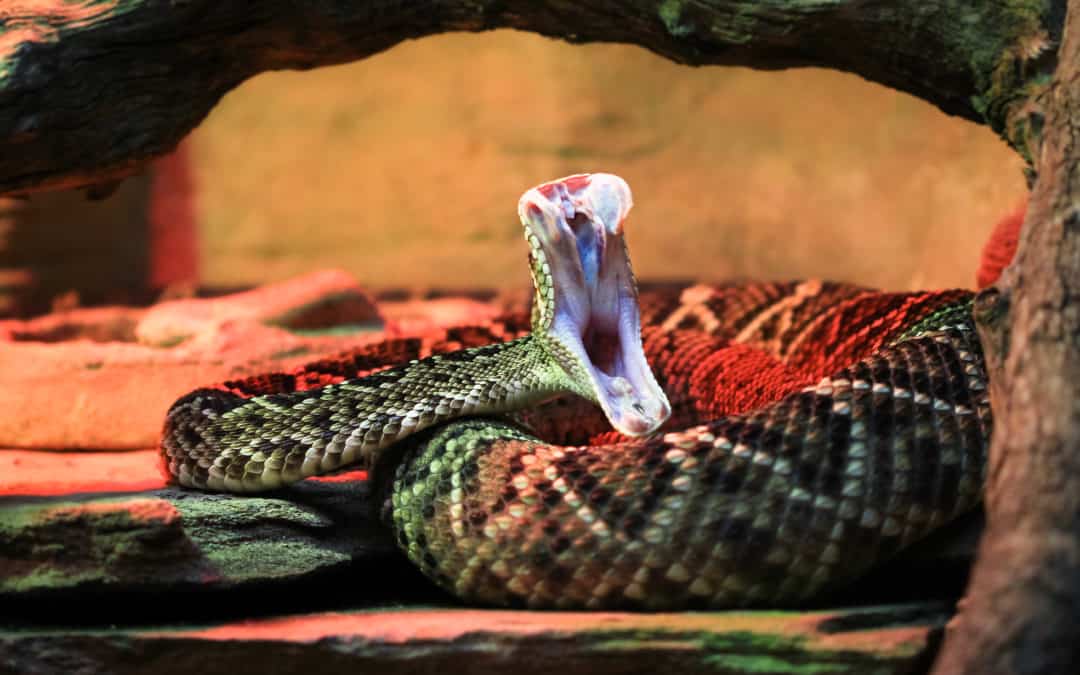
While It’s true there are plenty of snakes that play a vital role in our ecosystem that we should protect and preserve, there are also venomous species in areas that can pose a serious threat to human life. It’s important to be cautious of these species as they start coming out of hibernation for the summer. Here are a few venomous snakes that are common in our area and how to identify them.
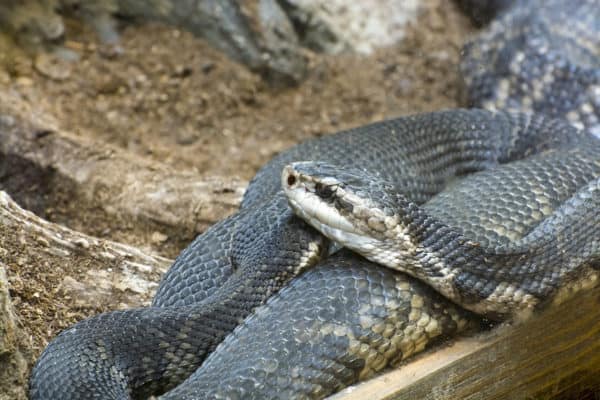
Water moccasins have a triangular head. They are considered to be heavy-bodied and vary in coloration. These snakes can be active both during the day and night but tend to feed in the dark. They are found throughout the entire southeast U.S., typically near cypress swamps, river floodplains, and heavily vegetated wetlands.
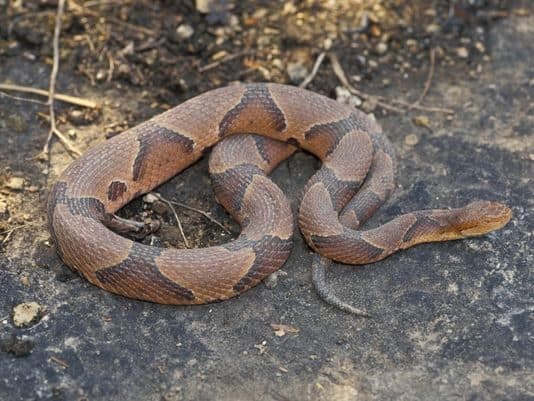
Light brown to tan in color, copperheads can be easily recognized by the hourglass-shaped crossbands along their bodies. These snakes can be found throughout the eastern and central U.S., living in a variety of habitats. Copperheads are comfortable in dry, rocky areas, forested areas, or even wetlands. It is even possible to catch copperheads in suburban neighborhoods with patches of forest.
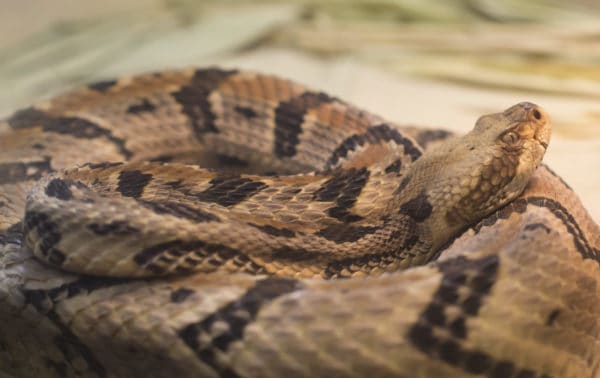
Timber rattlesnakes are considered unique as they are active both day and night. They typically like to hibernate during cold weather but become active in late spring and remain so until late fall. These snakes are big, heavy-bodied, and can grow up to 6 feet in length. They are found in the eastern U.S. where you can spot them residing in forests, mountainous areas, rural habitats in farming areas and even near swamps and river floodplains.
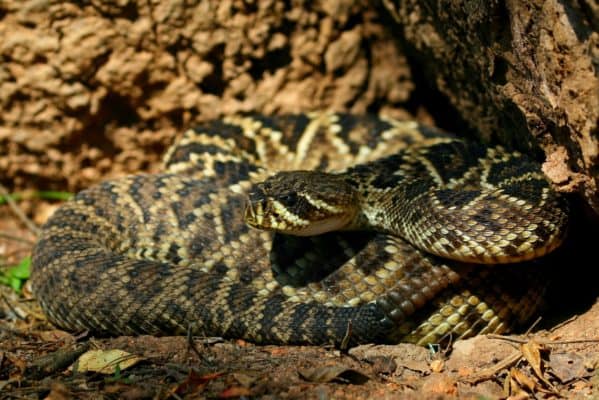
Eastern diamondbacks are dark brown in color and have a row of diamond shapes patterned on their bodies that are outlined by a yellowish border. Diamondbacks measure 3 to 5 feet but can reach up to 7 feet in length. These venomous snakes are active during the day but are most commonly seen in the mornings and evenings in the summer months. They often inhabit dry sandy areas, pinewoods, coastal dune habitats, and flatwoods. They typically avoid areas that are wet but will live along edges of swamps.
With this information in mind, it’s important to be aware and be cautious of these venomous snakes while outdoors enjoying your summer! Remember, however, to please be conscious that in certain states it is illegal to kill venomous snakes. If you realize you have a snake in or around your house, it’s best to contact a local wildlife control company who can safely remove the offending pest.